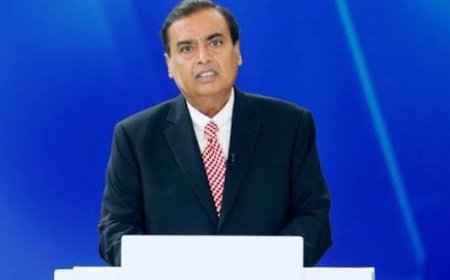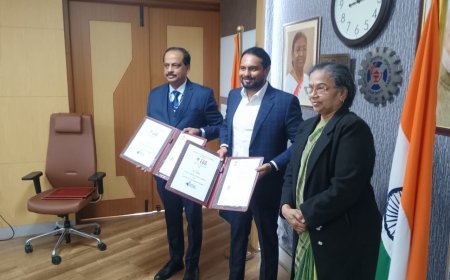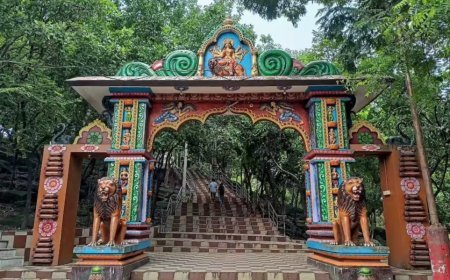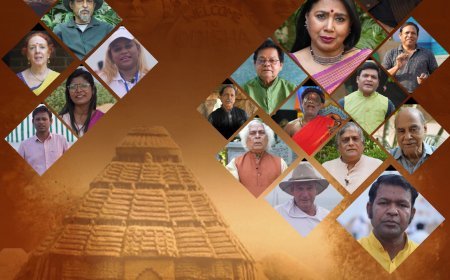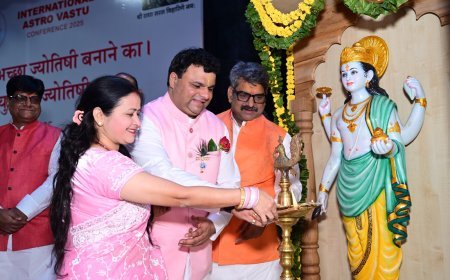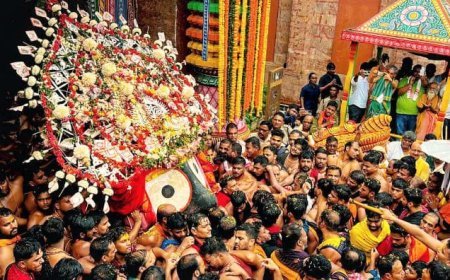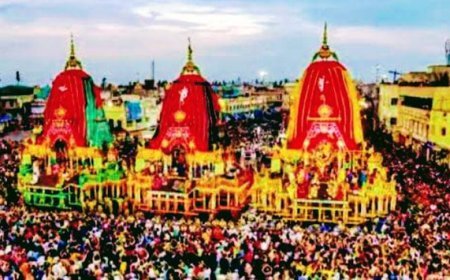Doers vs. Dreamers: Why India’s Real Progress Was Never Driven by IAS Officers Alone
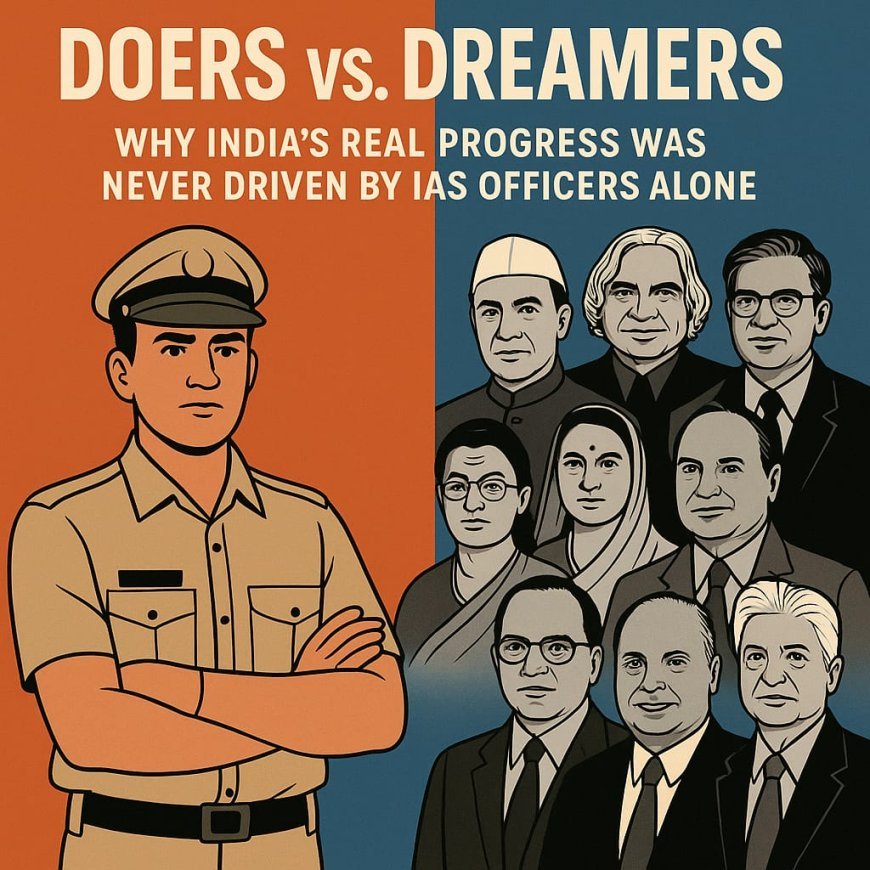
Product Name - Kesh Art Bhringraj & Neem Hair Cleanser for Controlling Hair fall & Dandruff
Product link -
Powered by myUpchar
Product Name - myUpchar 2% Salicylic Acid Serum For Acne, Pimples, Blackheads & Open Pores for both Women & Men - 50ml
Product Link -
Powered by myUpchar
In a country as diverse and complex as India, administration plays a crucial role. The Indian Administrative Service (IAS) has been the backbone of the nation’s bureaucratic framework since independence. Known for their diligence, discipline, and executional capacity, IAS officers are undoubtedly efficient executors. But when it comes to revolutionary ideas, innovation, or transformative leadership, history suggests that it was never the bureaucracy that propelled India forward—it was the visionaries, the scientists, the reformers, and the entrepreneurs.
Thinkers Who Transformed India
India has been blessed with some of the finest minds in science and innovation:
Homi Jehangir Bhabha, the father of India’s nuclear program, laid the groundwork for India’s atomic energy development.
Srinivasa Ramanujan, a self-taught mathematical genius, contributed theories that still baffle scholars today.
C.V. Raman, a Nobel laureate, revolutionized the world of physics with the discovery of the Raman Effect.
Vikram Sarabhai, regarded as the father of India’s space program, founded ISRO and envisioned India’s future in the cosmos.
A.P.J. Abdul Kalam, a missile man turned people’s president, inspired a generation of youth through science, education, and humility.
Jagadish Chandra Bose and Satyendra Nath Bose (of Bose-Einstein statistics) were pioneers whose research extended beyond borders.
Subrahmanyan Chandrasekhar and Har Gobind Khorana, both Nobel laureates, left an indelible mark in astrophysics and genetics respectively.
Prafulla Chandra Ray, a chemist and industrialist, was a pioneer in pharmaceuticals and chemical research.
Venkatraman Radhakrishnan, Sir C.V. Raman (again worthy of double mention), and Visvesvaraya, a civil engineer par excellence, showed how Indian intellect can shape infrastructure and global scientific dialogue.
Reformers Who Reshaped Society
Long before bureaucracy could codify change, social reformers broke the shackles of orthodoxy:
Raja Ram Mohan Roy and Ishwar Chandra Vidyasagar fought fiercely against social evils like Sati and championed women’s education.
Swami Vivekananda redefined Indian identity and spirituality on the global stage.
Savitribai Phule, India’s first woman teacher, revolutionized women’s rights and education.
Dr. B.R. Ambedkar, the architect of the Indian Constitution, was a visionary in social justice, law, and governance.
None of these individuals came from a bureaucratic background. Their contributions weren’t bound by rules—they rewrote the rules.
Entrepreneurs Who Built Modern India
If today’s India is standing tall in the global economy, it is because of visionary industrialists and entrepreneurs:
Dhirubhai Ambani, a man of humble origins, democratized capital markets and disrupted traditional business models.
Mukesh Ambani, through Reliance Industries, has shaped telecommunications, retail, and energy sectors in unimaginable ways.
Ratan Tata infused ethics into capitalism, giving Indian business a conscience.
N.R. Narayana Murthy and Azim Premji built global IT empires, placing India on the tech world map.
Kumar Mangalam Birla and Gautam Adani diversified industries and boosted India’s industrial output and infrastructure.
They didn’t wait for policies—they shaped economies.
The Missing Element in Bureaucracy
IAS officers are trained to implement. They are administrators, not creators. They ensure continuity, not disruption. Their primary job is to maintain order, not to bring in revolutions. In fact, often the red-tape and procedural rigidity associated with bureaucracy have slowed down innovation and diluted visionary reforms.
India’s real transformation came from those who dared to dream differently, act independently, and defy conventional frameworks. They were not always part of the system—but they changed it for good.
Conclusion
Respect where it’s due—the IAS cadre has upheld India’s administrative machinery through turbulent times. But when it comes to building a new India—scientifically advanced, socially just, and economically powerful—it was never the pen of a bureaucrat but the courage of a pioneer, the spark of a scientist, the fire of a reformer, and the vision of an entrepreneur that truly made the difference.
Sanjay Pattnayak
Sundargarh






